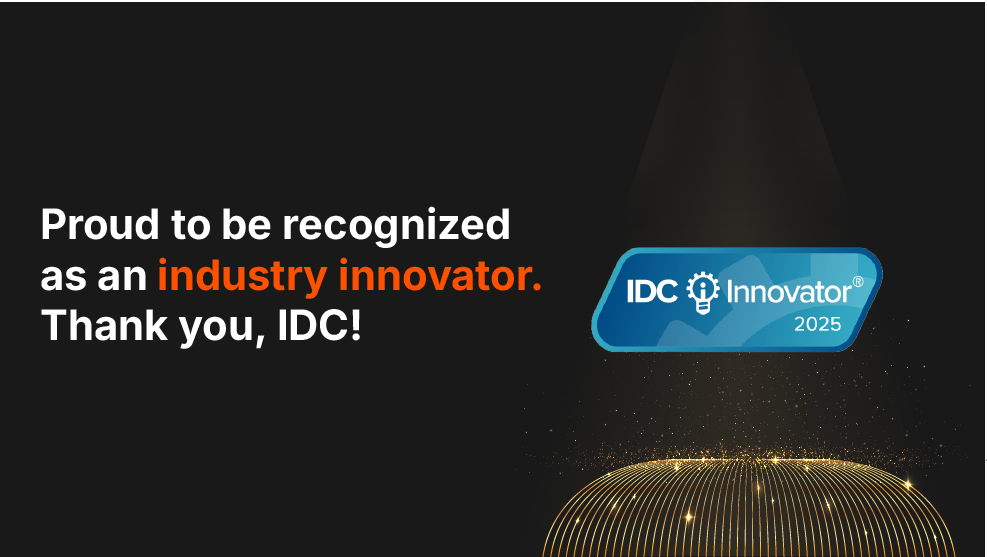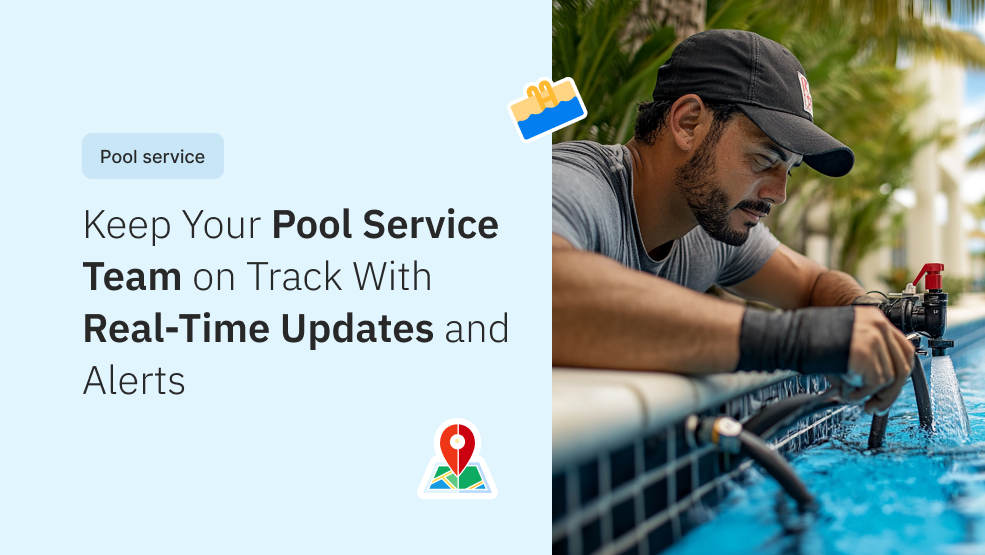Holiday light installation is one of the most successful winter businesses—turning streets into winter wonderlands with thousands of twinkling lights.
If you’re just now starting a holiday light installation business, or even if you have been around since the beginning, deciding on effective pricing for your services can be a challenge. Deciding on a price for light installation services involves careful consideration and analysis of various factors, including licensing, insurance, marketing costs, and current inventory levels.
It’s a lot to think about. But to make things easier, we have assembled a comprehensive guide to help clarify your path forward and simplify some of the complexities of pricing holiday light installation services. In this article, we will look at some of the considerations and factors you need to look at carefully when deciding on an effective pricing strategy for your holiday light installation service.
Factors influencing the price of holiday installation service
Overhead costs and business costs
When running a holiday light installation business, it is important to consider both overhead and service costs in order to set prices appropriately. Overhead costs are the expenses incurred by your business on a regular basis, which are not directly tied to your services. These costs are essential for your business’s daily operation, regardless of sales.
Overhead expenses have a direct impact on determining the cost of your services. Accounting for these costs ensures that your business remains sustainable while also being able to deliver exceptional service.
Licensing and insurance
Meeting licensing requirements and maintaining appropriate insurance coverage are integral aspects of operating a reputable business. These factors not only contribute to your professional credibility but also influence the price structure, as you need to allocate a certain amount of money to cover the costs associated with obtaining licenses and securing comprehensive insurance coverage.
Marketing
Marketing brings visibility to your business. Investing in the right marketing efforts helps you reach potential customers and persuades them to buy. Advertising, website development, online presence, and other marketing activities incur costs that influence the price of your service.
Inventories
Managing inventories of lights, extension cords, timers, and other materials is vital in delivering outstanding service. The costs associated with acquiring and maintaining these inventories should be factored into your pricing structure to ensure profitability and a seamless customer experience.
Types of service
The types of service you offer have a significant impact on deciding the price of your service, including what, where, and how you will be doing the installation.
Rather than setting a one-size-fits-all approach for your Christmas lights installation price, breaking down your offerings into similar categories can help you earn based on the actual costs of materials, labor, and the intricacy of the project.
a. Interior or Exterior
What do you plan to offer? Only exterior light hanging or include interior light displays as well? The complexity and resources required for interior installations differ from exterior projects. Exterior installations often involve the challenge of working at significant heights in adverse weather conditions. These exterior installations involve more complexity and higher risk and, as such, require higher prices as well.
b. Residential or Commercial
Expanding into more than one market will give you more potential revenue streams.
Residential and commercial installations vary in scale and intricacy. Commercial projects, which are those for businesses, shopping centers, or public spaces, often demand larger displays and more detailed designs, affecting the overall cost.
Meanwhile, residential prospects may simply need exterior Christmas lighting decorations.
c. Special events & Season extenders
Providing services for special events or extending the holiday season may require additional customization and labor. These unique offerings should be priced accordingly, considering the additional time and resources involved.
A special event will likely be a fast turnaround for installation and breakdown, while landscape lighting could be a more permanent installation requiring occasional check-in and maintenance.
d. Light removal
The cost of removing lights after the holiday season is a crucial consideration. Offering a comprehensive package that includes both installation and removal can simplify the pricing process and provide a seamless experience for clients.
Lighting displays: rent or buy?
Deciding whether to rent or buy lighting displays has a significant impact on your pricing strategy. Purchasing lights and displays upfront requires a significant initial investment but provides reusable assets for future projects, whereas renting offers flexibility but involves recurring costs that affect your pricing model.
Seasonal demand and availability
Seasonal demand and availability play a significant role in pricing your holiday installation services. Higher demand during peak holiday periods can influence pricing dynamics, including competition and the availability of skilled labor and materials. Analyzing market trends and adjusting prices accordingly ensures a responsive and competitive pricing strategy.
A step-by-step pricing guide for holiday light installation services
Setting the right price for your installation services is a crucial aspect of running a successful business. To help you navigate the pricing process with confidence and maximize profitability, we have prepared a step-by-step guide. Let’s dive in and shed some light on each step of the pricing journey.
Step 1: Tap into local market insight
Conduct thorough research to gain a deeper understanding of your target audience and the competitive landscape. Also, make sure to analyze the pricing of your competitors and similar service providers in your area. This research will provide valuable insights into the prevailing market rates, allowing you to position your prices strategically.
By considering the prices of your competitors, you can ensure that your pricing is competitive while still maintaining a profitable margin. Understanding the local market will also help you identify any gaps or opportunities that you can capitalize on to differentiate your services and attract clients.
Step 2: Find the break-even point
Calculating your break-even point is crucial for determining the minimum revenue needed to cover all your costs and avoid losses. By identifying this point, you can set a baseline for your pricing strategy.
To calculate the break-even point, consider your fixed costs (e.g., rent, utilities, salaries) and variable costs (e.g., materials, transportation) associated with providing your services. Divide your total costs by the contribution margin (the difference between the selling price and the variable costs) to determine the number of units or projects you need to sell to break even. This calculation will help you understand the volume or revenue required to cover your expenses and make informed decisions about pricing and profitability.
Step 3: Add up all light installation costs for the job
Accurately estimating the costs associated with each installation project is essential for setting the right price. Consider all the factors involved, such as labor costs (including wages, benefits, and taxes), materials (lights, wiring, fixtures), transportation (fuel, vehicle maintenance), equipment (ladders, tools), permits (if required), and any other expenses specific to the job.
By accounting for all these costs, you can ensure that your pricing is comprehensive and reflects the true value of your services. It also helps you avoid underpricing or overlooking any expenses, which could lead to losses or unprofitable projects.
Step 4: Set the right profit goals for business growth
Setting profit goals is crucial for driving sustainable business growth. Consider factors such as the level of risk associated with your services, your professional expertise, and the quality of your service when determining your profit margin. It’s essential to strike a balance between competitiveness and profitability.
While attracting clients with competitive pricing is important, it’s equally crucial to ensure that your prices allow for a reasonable profit that supports your business’s growth and sustainability. Evaluate your costs, the value you provide, and the market demand to determine the profit goals that align with your business objectives. Regularly review and adjust these goals as your business evolves and market conditions change.
Step 5: Take advantage of the best all-in-one software solution
Implementing an all-in-one software solution, such as Zuper field service management software, can significantly streamline and automate your field service operations.
With Zuper, you can efficiently schedule and assign jobs, optimize routes for your technicians, and accurately estimate costs to ensure profitability. The software enables real-time communication between your office and field staff, streamlining operations and minimizing delays.
Additionally, Zuper provides insightful analytics and reporting, allowing you to track key metrics and make data-driven decisions to enhance your holiday light installation process. By leveraging Zuper, you can streamline your operations, deliver exceptional service during the busy holiday season, and maximize your business’s profitability.
Step 6: Improve the Christmas light pricing process using client feedback
Client feedback is a valuable source of information for refining your pricing structure. Continuously seek feedback from your clients about your pricing in order to gain a better understanding of their perception of value and satisfaction.
This feedback can help you identify areas where your pricing may need to be aligned with client expectations or where improvements should be made. Pay attention to any recurring concerns or patterns in the feedback—these can guide you in making adjustments to your pricing strategy based on real data.
Regularly review and analyze client feedback to identify opportunities for optimization, such as offering different pricing packages, adjusting pricing tiers, or introducing value-added services. By actively listening to your clients and incorporating their feedback into your pricing process, you can enhance customer satisfaction, strengthen your competitive position, and improve the overall success of your business.
Conclusion
In the quest to effectively manage and streamline your holiday installation services, incorporating advanced technology can make a significant difference. Consider utilizing Zuper field service management software, a comprehensive platform designed to optimize and streamline your operations. With features such as cost estimation, project management, and invoicing, Zuper simplifies the pricing process, saving you time and improving accuracy. Schedule a demo today and see firsthand how this powerful software solution can enhance and simplify your workflow.






